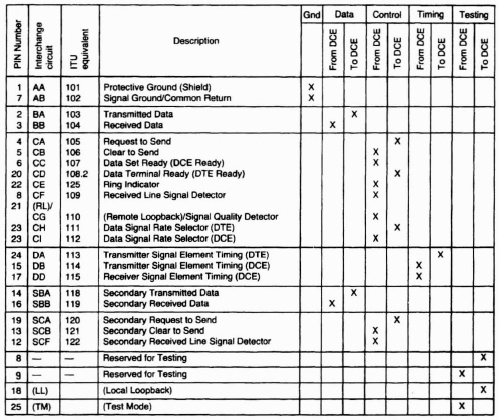
Figure 1.42 RS-232-C/D and ITU V.24 interchange circuit by category, RS-232-D additions/changes to RS-232-C are indicated in parentheses
Asynchronous operations
Figure 1.43 illustrates the general signals that are required to connect an asynchronous terminal device to a asynchronous modem. Note that although a 25-conductor cable can be used to cable the terminal to the modem, only 10 conductors are actually required.
By reading the modem vendor's specification sheet you can easily determine the number of conductors required to cable DTEs to DCEs. Although most cables have straightthrough conductors, in certain instances the conductor pins at one end of a cable may require reversal or two conductors may be connected onto a common pin, a process called strapping. In fact, many times only one conductor will be used for both protective ground and signal ground, with the common conductor cabled to pins 1 and 7 at both ends of the cable. In such instances a 9-conductor cable could be employed to satisfy the cabling requirement illustrated in Figure 1.43. With this in mind, let us review the functions of the 10 circuits illustrated in Figure 1.43.
Protective ground (GND; Pin 1)
This interchange circuit is normally electrically bonded to the equipment's frame. In some instances, it can be further connected to external grounds as required by applicable regulations. Under RS-232-D this conductor ...
Get Data Communications Networking Devices: Operation, Utilization and Lan and Wan Internetworking, 4th Edition now with the O’Reilly learning platform.
O’Reilly members experience books, live events, courses curated by job role, and more from O’Reilly and nearly 200 top publishers.

